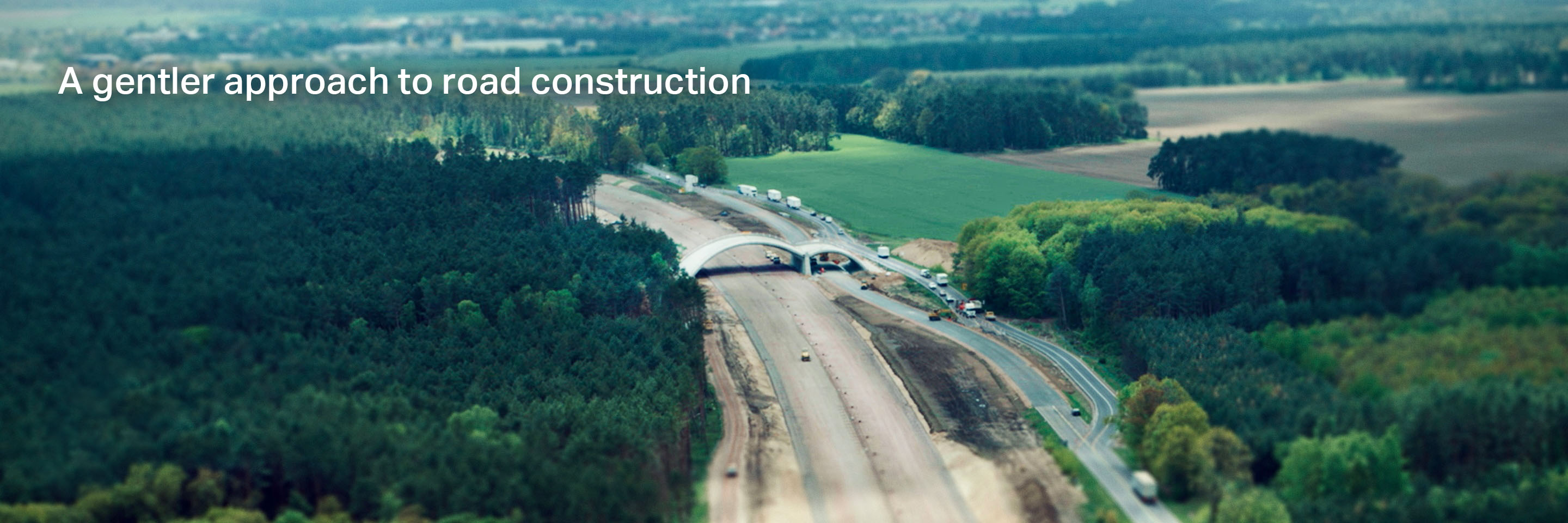
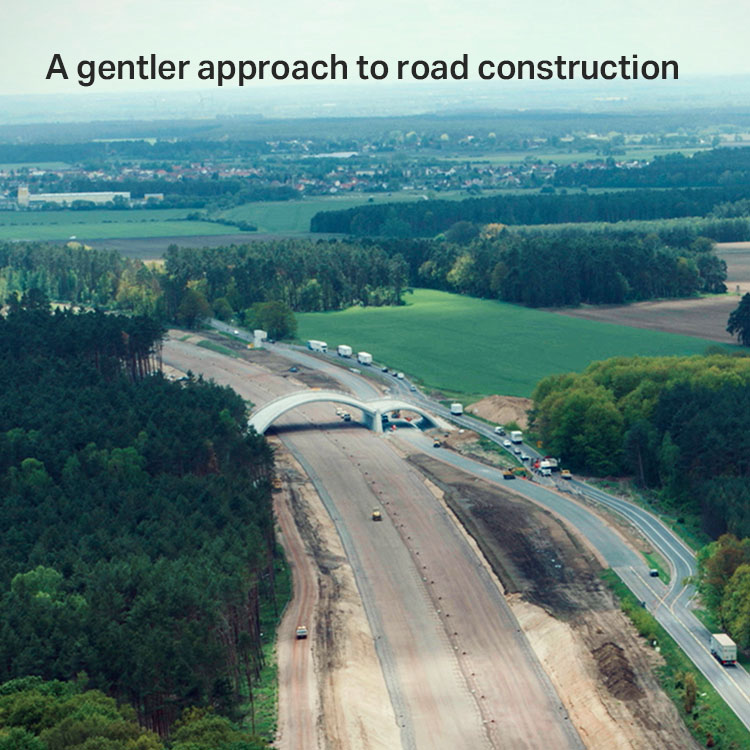
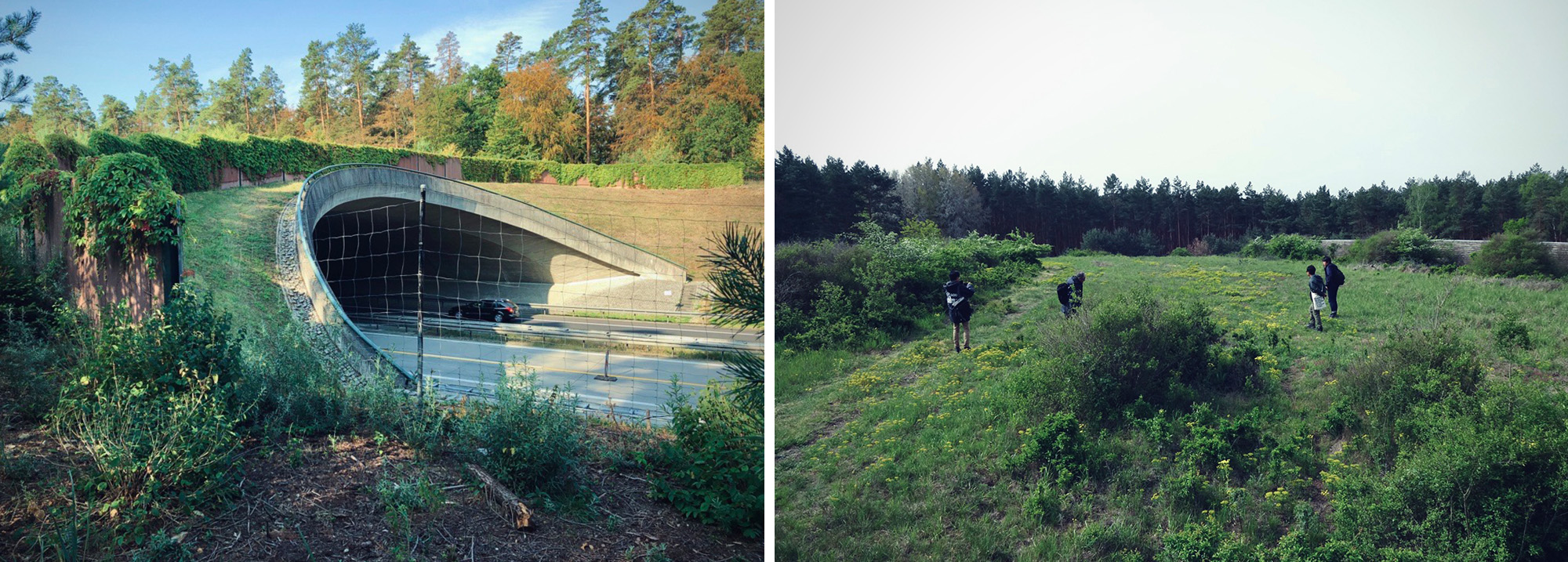
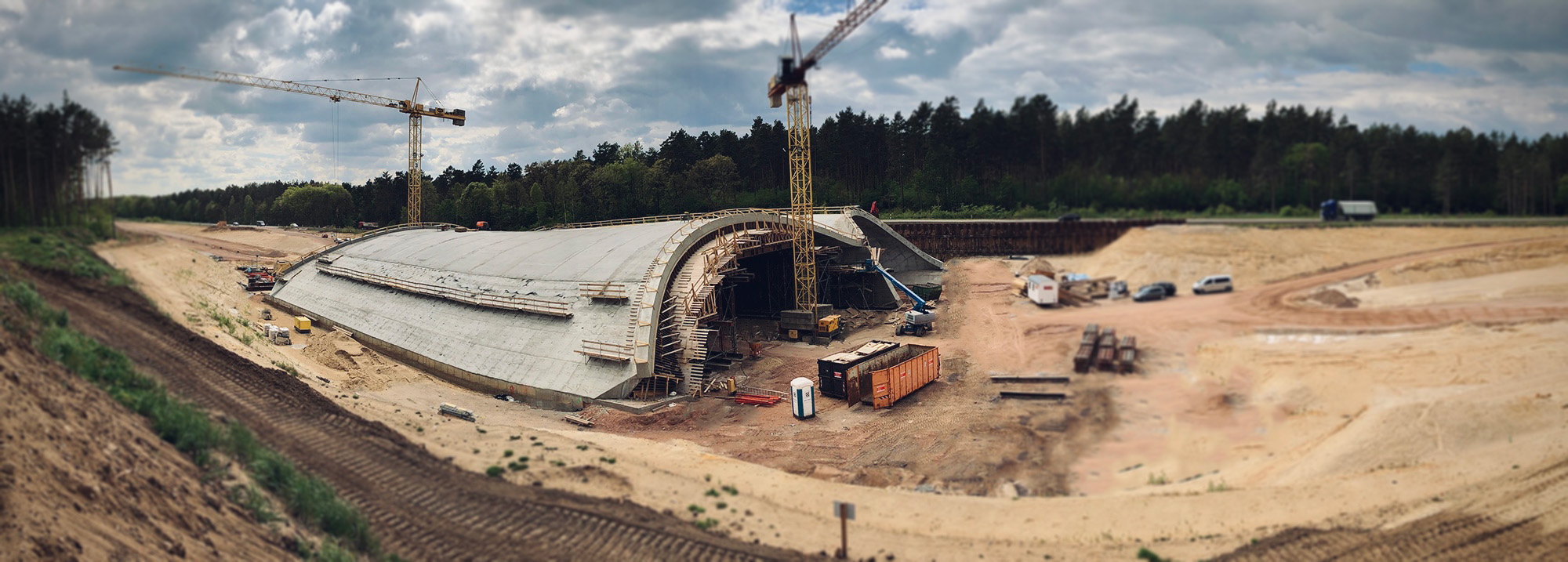



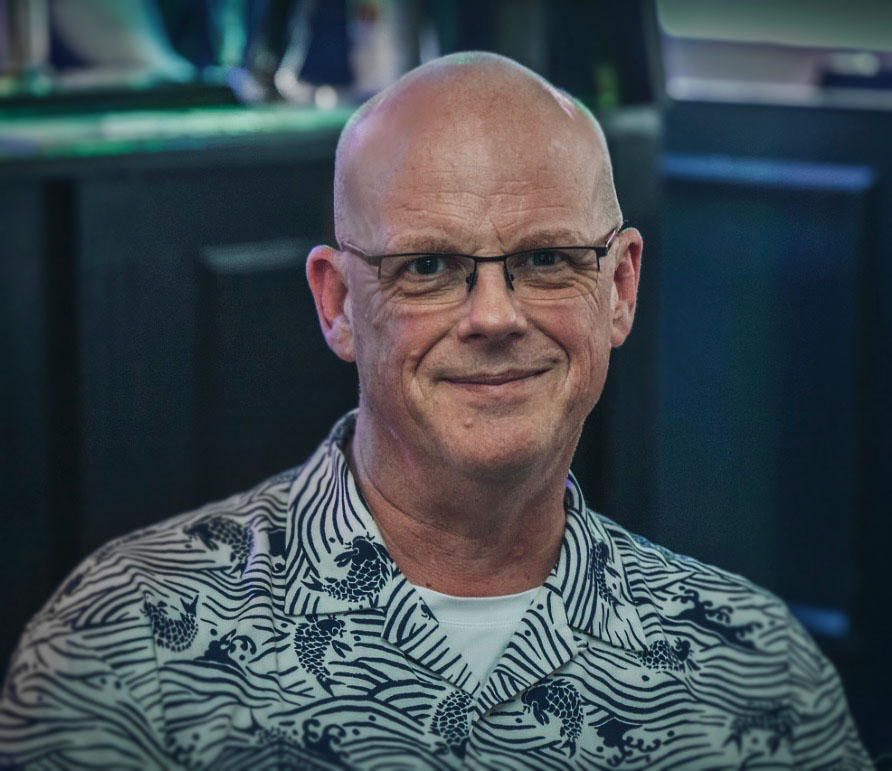
The experience prepared him, years later, for a new wave of innovation that was just as transformative. He was in the U.K. when he and his team first saw excavators with intelligent machine control. It was both exciting and a little intimidating. “There was a significant amount of concern that we were moving from the traditional skills of hydraulics and mechatronics into areas where we had no experience – global navigation systems, global position and so on.”
But it was a challenge the team embraced, together. “Living in Japan and working at Komatsu taught me very quickly the power of working together. Everything a person does contributes to the success of the whole, and the part everyone plays is equally important.”
